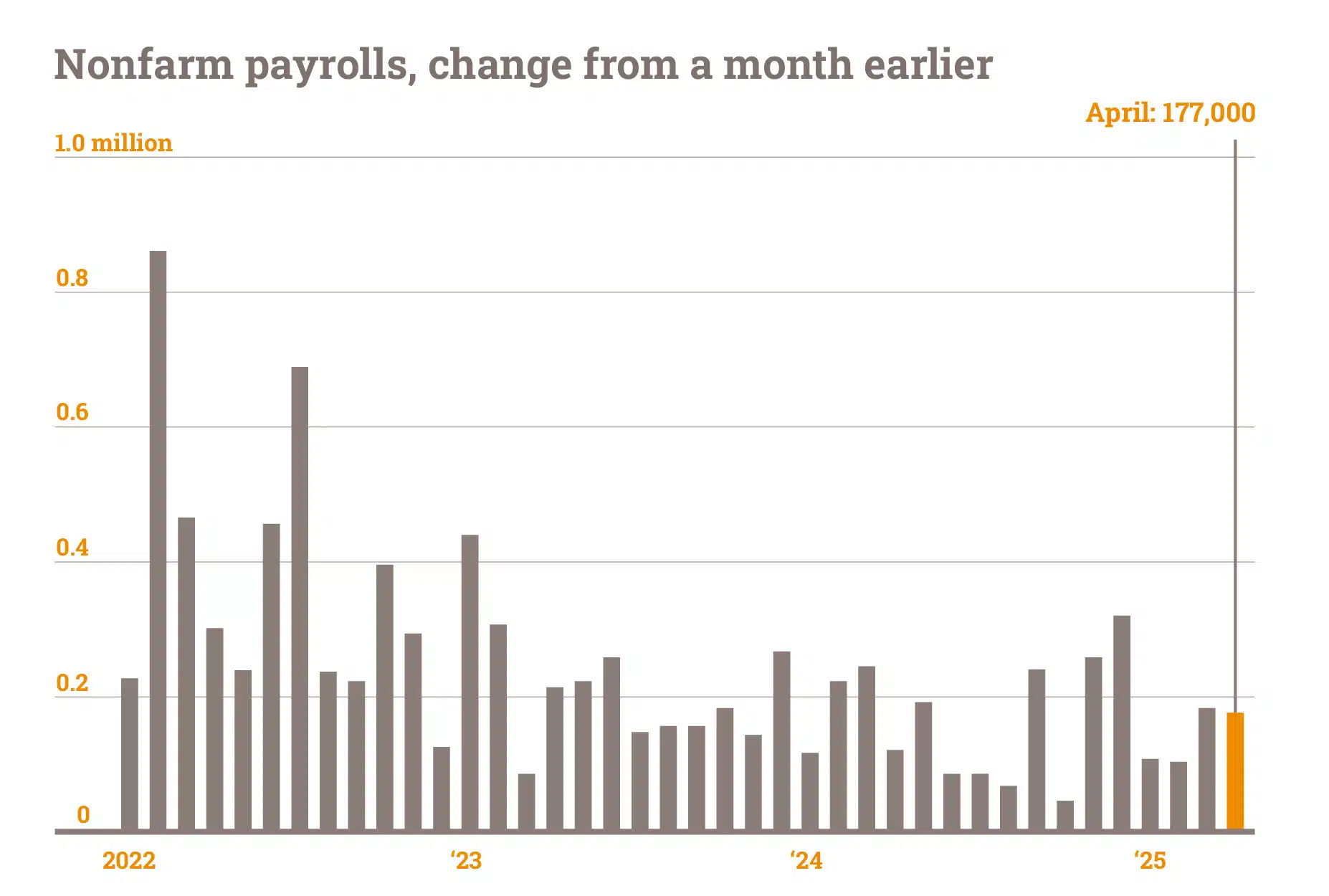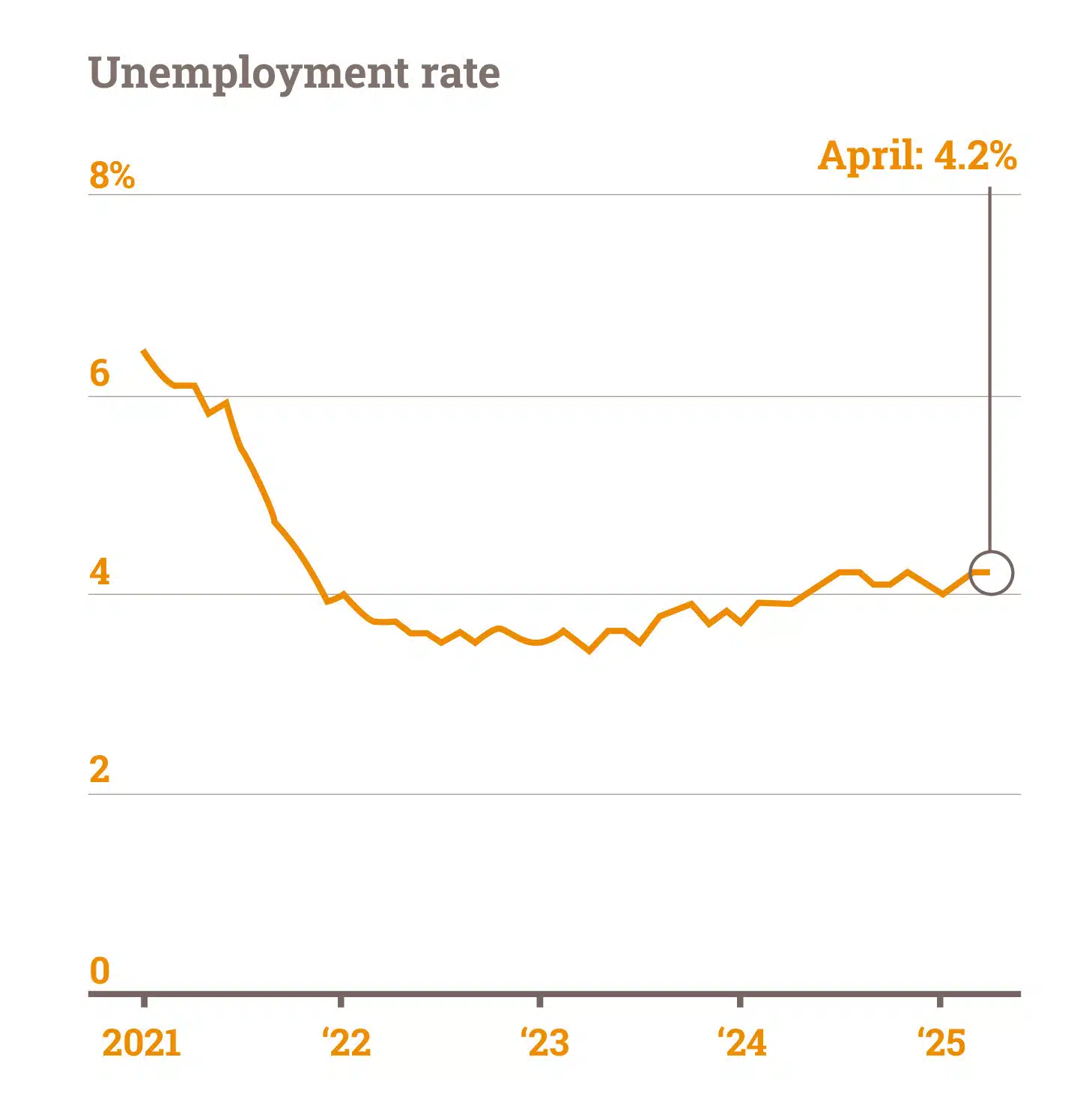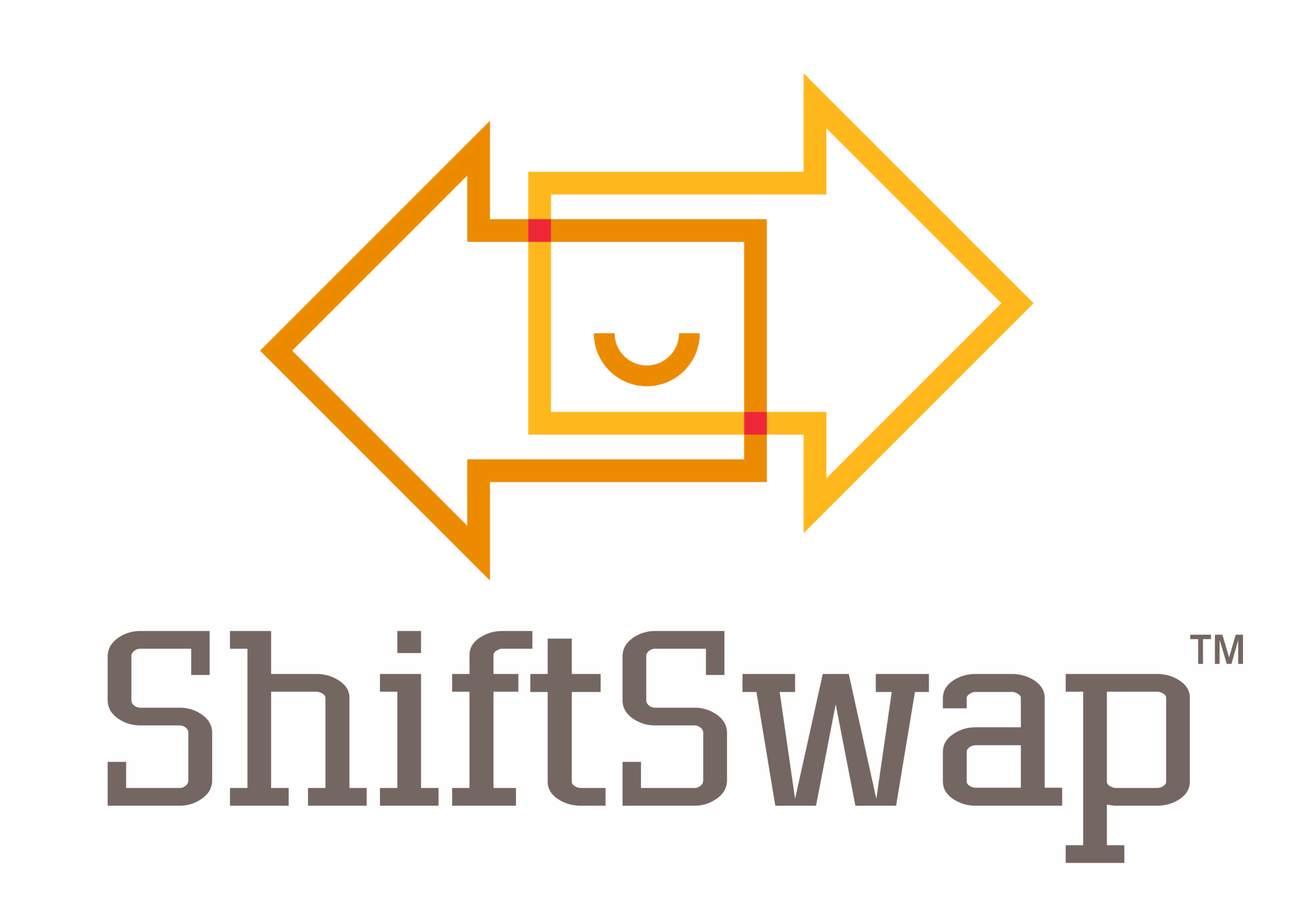As U.S. and China trade talks pick up steam, businesses from various industries are feeling a mix of cautious optimism and apprehension about what lies ahead. The recent announcement from the Treasury Department about renewed discussions with Chinese officials hints at a possible reduction in harsh tariffs. Still, with trade between these two economic giants nearly frozen, many industries are unsure what the next few months will bring.
The Federal Reserve recently decided to hold interest rates steady, signaling a “wait and see” approach. Fed Chair Jerome Powell highlighted the ongoing unpredictability around trade policies, emphasizing that while risks to growth have not yet materialized, patience is the central bank’s current strategy.
In April 2025, the Department of Labor reported that the U.S. added 177,000 jobs, slightly down from March’s numbers but still better than expected. While the labor market’s resilience is a positive sign, the ongoing uncertainty surrounding trade policies, supply chain issues, and shifts in the global economy make it tough for businesses to plan their workforce effectively.

Source: Labor Department
Current State of the Labor Market
Tariffs have brought trade to a near standstill, and businesses are sounding the alarm about possible shortages in the U.S., reminiscent of the Covid crisis, if things don’t get resolved soon. The situation has pushed companies into a defensive mode, prioritizing cost control over growth. According to Pantheon Macroeconomics, many businesses are ramping up their activities to dodge future cost hikes, which is a temporary boost to jobs in logistics. Recent data from job-search website Indeed has discovered the initial surge in job openings for loading and stocking workers in the beginning of 2025 has reversed itself by April.
A reactive strategy is not sustainable long-term. For companies that rely heavily on supply chains, this kind of hesitation can have a domino effect on their workforce planning, resulting in stagnant hiring or even reduced hours for current employees.
The U.S. unemployment rate remains stable at 4.2%, indicating that the labor market is still quite tight. Nonetheless, companies in industries that rely on supply chains are facing the following challenges:
- Rising Costs: Tariffs have inflated the prices of imported goods; companies must either raise their prices or take a hit on their profits, complicating how they manage their workforce.
- Labor Shortages: With a decrease of immigration, industries like logistics, agriculture, and construction are battling a tightened labor pool. The current situation can also lead to higher wages and overall increased costs.
- Cautious Hiring: In the face of continuous unpredictability, many companies are choosing to focus on cost-cutting and efficiency rather than growing their workforces.
Transportation and warehousing, critical to the supply chain, added 29,000 jobs in April, reflecting the urgent need to meet logistics demands. However, economists warn that such gains could reverse if trade talks falter.

Source: Labor Department
Strategies for Workforce Agility
Cost optimization and workforce agility are critical for companies to proactively navigate in this unstable environment. Here are some effective strategies to keep your company ahead of the curve:
Prepare for Demand Fluctuations
With trade uncertainties leading to inconsistent supply chain activity, businesses should maintain flexible workforce models.
Prioritize Employee Retention
Retention is a cost-effective strategy in tight labor markets. Offering scheduling flexibility, transparent communication, and growth opportunities can boost morale and reduce turnover. A stable team also helps avoid the disruptions of constant hiring and training.
Monitor Trade Developments Closely
Businesses need to keep a close eye on trade developments and adjust their strategies as needed. If tariffs are rolled back, companies might find some cost relief to reinvest in their workforce.
How Trade Talks Shape Workforce Planning
The resumption of U.S. and China trade talks provides a glimmer of hope for businesses weighed down by tariffs. Still, any resolution remains speculative, and companies must brace themselves for continued uncertainty.
Federal Reserve Chair Jerome Powell’s cautious stance on interest rates reflects the economic balancing act between inflationary pressures and potential slowdowns. For employers, this underscores the importance of agility, not just in supply chains but also in workforce strategies.
The combination of trade uncertainties, supply chain disruptions, and economic pressures creates a challenging environment for businesses. Yet, with the right tools and strategies, companies can navigate these complexities effectively.
Start Planning for Success
Schedule a demo today and discover how ShiftSwap™ aids in managing your workforce proactively.

